A classification system is defined as a means of organising things in a structured and useful manner. The series of digits, letters, or words used to describe something differs drastically depending on the requirement of the classification system. For instance, while dictionaries are designed to define language, tariffs schedules are designed to classify the traded goods we declare to Customs.
The way the tariff system is structured reflects the fact it must cover anything that moves across an external border. As the UK enters a new decade of projected trade growth1 trading independently as it leaves the EU, creating new customs procedures including declarations, the need to understand classification systems has never been more important. Recognising the individual components and the way they are integrated to make up commodity codes and understanding which components may be susceptible to alteration post-Brexit, is a priority for businesses involved in international trade as it is against these codes duty rates, import and export controls etc are attached as measures.
How do we classify traded goods?
Traders classify their goods using tariffs and the general interpretative rules (GIRs). Tariffs are country-specific classification catalogues that determine the tariff code attached to all traded goods that cross borders. The code assigned, along with origin, is one of the main factors that determines the rate of duty applied.
All goods in the EU are labelled with a ten-digit code. The first six digits of this code are determined by the globally recognised Harmonised Commodity Description and Coding System (HS), whilst the final four digits, recognised solely by the European Union, are determined by the Combined Nomenclature (CN) and the Tarif Intégré Communautaire (TARIC) (Figure 2).

Figure 2. A jellyfish, prepared for culinary purposes, is classified using the 10-digit commodity coding system in force in the EU and the UK. Digits are labelled from 1 to 10. The first 6 digits belong to the globally recognised (yellow) HS system, whilst the final 4 digits are only recognised within the EU (grey) and are thus susceptible to change post-Brexit. In the case of the jelly fish, the last 4 digits are zeros, and are therefore not susceptible to much alteration.
Global versus EU Classification
The Harmonised System (HS) is an internationally standardised system of words and numbers used to classify traded goods (Figure 2). The Harmonised System is maintained by the World Customs Organisation (WCO), an intergovernmental body composed of over 200 countries which use the HS as the foundation for their tariffs. Over 98% of internationally traded commodities are therefore classified using HS codes.2 However, the European Union’s Combined Nomenclature (CN) comprises the HS with further EU subdivisions, at the eight digit CN code level and ultimately providing nearly 16 thousand individual TARIC codes at the ten digit level (Figure 2).
Brexit and the Future of Classification

Table 1. A random selection of commodities with tariff codes ending in four zeros. Globally recognised codes are coloured gold, whilst EU-recognised digits are shown in grey.
To complicate matters, classification systems are not static; like the commodities and organisms they are built to describe, they are constantly evolving. Upon the UK’s exit from the EU, a new UK global tariff, known as the ‘Most Favoured Nation (MFN) Tariff’, will enter into force on the 1st of January 2021.3 This could have notable implications for the UK’s classification of traded goods, allowing for greater independence and divergence from the EUs Combined Nomenclature.
While the implementation of a new UK tariff will modify the codes for numerous items, there are many whose classifications will remain unaltered. Not all goods require ten divisions to be categorised, with many commodities requiring only the six globally recognised tiers of identification set forward by the Harmonised System (Table 1). Changes to the final four EU-recognised digits will therefore likely not affect the classification of such commodities, although the duty rates attached certainly might.
Until the end of the transition period, the UK will continue to adhere to the EU’s classification system and apply the same duty rates, at both CN and TARIC level (Figure 2)..
How can Avocet Clearance Help?
Our trade experts are on hand to help classify your products for import or export purposes. Getting classification right is not only hugely important when building an accurate customs entry but also impacts on the duty payable. We can also assist with applying for Binding Tariff Information rulings, which provide legal surety of coding. For more information please contact;
technicalsupport@avocetclearance.co.uk or call us on 0161 537 9400
References
- Long, E. (2020). Classification Compliance Increasingly Important In New Decade Of UK Trade Growth. Available at: https://harmancustoms.co.uk/classification-compliance-increasingly-important-in-new-decade-of-uk-trade-growth/ [Accessed 11/05/20].
- World Customs Organization. (2020). What is the Harmonized System? Available at: http://www.wcoomd.org/en/topics/nomenclature/overview/what-is-the-harmonized-system.aspx [Accessed 11/05/20].
- GOV.UK. (2020). The UK Global Tariff. Available at: https://www.gov.uk/government/consultations/the-uk-global-tariff [Accessed 11/05/20].


